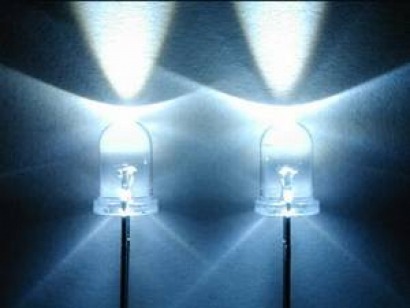
The report, LED Manufacturing and Performance, compares these three technologies from the beginning to the end of their life cycles—including manufacturing, operation, and disposal. The most comprehensive study of its kind for LED lamps, the new report analyses the energy and environmental impacts of manufacturing, assembly, transport, operation, and disposal of these three lighting types, and is the first public report to consider the LED manufacturing process in depth. This report supports the Energy Department’s efforts to protect our air and water, boost American competitiveness in the race for clean energy, and help families and businesses save money on their energy bills.
This is the second report produced through a larger Energy Department project to assess the life-cycle environmental and resource costs of LED lighting products in comparison with traditional lighting technologies. The report uses the conclusions of the previous report, Review of the Lifecycle Energy Consumption of Incandescent, Compact Fluorescent and LED Lamps, released in February 2012, as a point of departure to produce a detailed, conservative assessment of the manufacturing process and use it to compare the three lighting technologies, taking into consideration a wider range of environmental impacts.
The first report concluded that CFLs and today’s LEDs are similar in energy consumption—both consuming significantly less electricity over the same period of usage than incandescent lighting—and that operating these products consumed the majority of the energy used throughout their life cycle. Similarly, the new report finds that the energy these lighting products consume during operation makes up the majority of their environmental impact, compared to the energy consumed in manufacturing and transportation.
Because of their high efficiency—consuming only 12.5 watts of electricity to produce about the same amount of light as CFLs (15 watts) and incandescents (60 watts)—LED lamps were found to be the most environmentally friendly of the three lamp types over the lifetime of the products, across 14 of the 15 impact measures examined in the study.
Other key findings:
For more details on DOE’s support of research, development, demonstration, and market support of energy-efficient solid-state lighting, visit the EERE Solid-State Lighting website.
For additional information:

